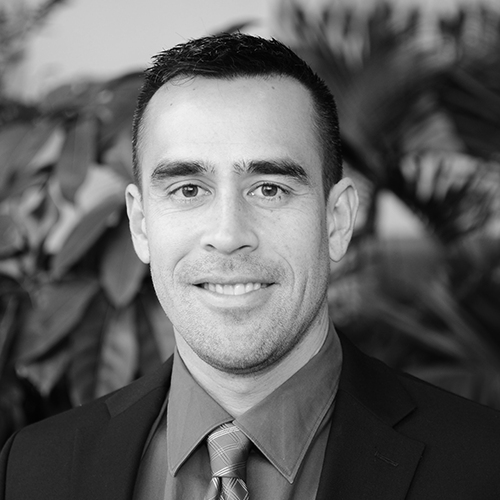Back in 2014, Wastequip was asked to commit to a certain number of new product offerings, and the legal department agreed to accept the challenge of supporting those initiatives. The department realized that the designers would come to legal with their inventions whenever they were completed, rather than coming to them with the concepts and ideas. In order to create a more disciplined structure and process, the company’s senior vice president and general counsel, Richard Sedory, implemented quarterly reviews and meetings with designers. It fit well into the staging process to bring new products to the markets.
The first formal meeting was in January 2016, and since then, Wastequip has seen a more engaged design and engineering team. Sedory has seen an increase in the number of patent and trademark applications, which he says is a direct result of getting in front of this group. He’s also seen a reduction in external IP spending. Though he says he can’t attribute the reduction directly to the quarterly meetings, he believes there is a direct correlation between the increased level of early engagement of the legal team during new product development and lowering the IP costs.
Sedory’s approach with these meetings is all about implementing structure. Agendas are sent out in advance by Wastequip’s staff attorney, Mary-Karen Bierman, so designers and attendees have input going into the meeting. With Bierman leading the meetings, they also go over the IP patent portfolio to see what’s in the pipeline, the status of various projects, and what might be rolling into expiration. It’s a very robust conversation that typically includes the division president. It’s all about what Wastequip is inventing and what’s next in development to allow continued protection and anticipation of what competitors might do when a patent rolls off of protection. The company has always been very hands-on in its strategies in the C-suite, with the mentality of serving those leaders.
“We are there to serve our customers,” Sedory says, and adds that holding quarterly meetings is just one way he does that.
Another way Sedory and the legal department have taken a proactive stance on research and development initiatives is through a new invention disclosure form, which is on Wastequip’s intranet in a user-friendly and structured manner. They’ve also done something similar with their nondisclosure agreements. Everyone has access to them on the intranet, and each employee understands what confidentiality agreements and NDAs are.
Sedory says he hasn’t seen any major challenges yet, but he sees a more involved legal department in the future.
“When legal is involved up front in the process, you can address issues immediately, and you’re going to mitigate what can happen downstream,” Sedory says. “We see that when getting into intellectual property discussions. With the robust and engaging discussion, you have the freedom to operate and bring to market the product you’re talking about with the added protection from legal.”
Getting that green light up front rather than down the continuum has enabled better communication between designers and legal and has brought together various teams to create a streamlined approach to invention and IP. Instead of an ad hoc approach, these meetings have created an expectation for more robust research and development discussion between engineers, design, production development, legal, and commercial sides of business. It’s bringing more players to the table in a disciplined fashion.
“Everything is iterative,” Sedory says. “You’re always building on prior actions, the successes and learning from previous work.
“There’s always been the effect of being able to learn from our prior practices, but there are also advantages of having everyone around the table. When you engage multiple players and teams, you’re leveraging all of their individual leanings.”
Over the next several years, Sedory also hopes to have more training sessions at the major manufacturing locations that would include the engineering and design teams and teach them about trade secrets, confidentiality, and nondisclosure of trade secrets.

